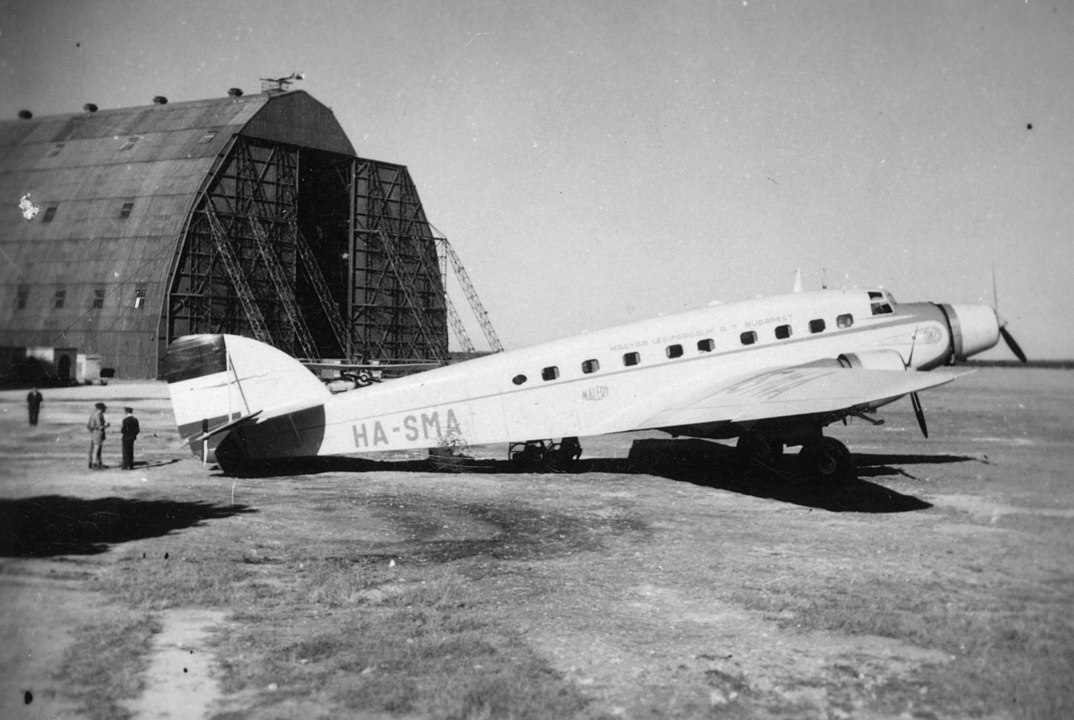Hungary’s first civil aviation company was founded 105 years ago

On 11 February 1920, Hungary’s first civil aviation company, MAEFORT (Magyar Aeroforgalmi Részvénytársaság), was established. Following World War I, the country had significant aviation experience and infrastructure, which it sought to transition to civilian use.
MAEFORT’s main goal, beyond developing civil air traffic, was to preserve Hungary’s aviation capabilities for both civilian and military purposes. The company officially provided passenger and mail transport, as well as aerial leaflet distribution services, according to PestBuda.

On 12 May 1920, Hungary’s first official domestic flight took place, delivering 1,600 newspapers from Budapest to Szeged. The flight was piloted by János Risztics, with Emil Barkász serving as the observer.
MAEFORT’s growth and challenges
By the fall of 1920, the company had rapidly expanded, boasting a fleet of 42 aircraft. Recognizing its significance, the government granted MAEFORT an annual subsidy of 14 million korona in August 1921 for a five-year period, on the condition that it maintained military squadrons as well.
However, international politics intervened. The Allied Control Commission overseeing the Treaty of Trianon imposed a complete aviation ban on Hungary, blocking both military and civilian flights. As part of this restriction, in December 1921, all MAEFORT aircraft were ordered to be destroyed.
The downfall of the airline
Due to the ban, MAEFORT’s shareholders decided to dissolve the company on 6 December 1921. Hungarian air travel came to a halt for months, with restrictions extended even further. The situation was eventually alleviated by the Franco-Romanian airline, Compagnie Franco-Roumain de Navigation Aérienne, which sought to use Budapest as a key transit point for its international routes.
Although MAEFORT ultimately failed, it laid the foundation for Hungary’s civil aviation sector, contributing to the eventual revival of commercial air travel in the country. The airline represents a brief but crucial chapter in Hungarian aviation history.
Related article: Gone but not forgotten: Hungary saw 20 years of domestic flights
To read or share this article in Hungarian, click here: Helló Magyar







